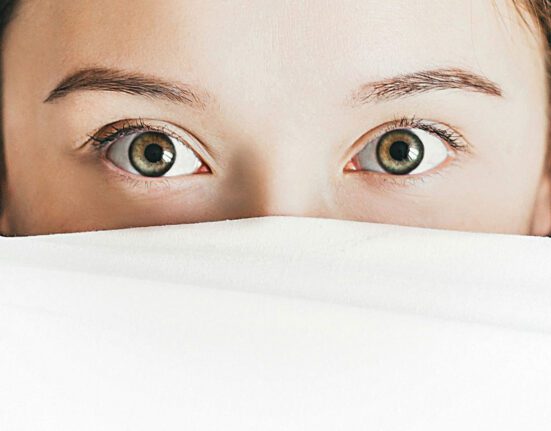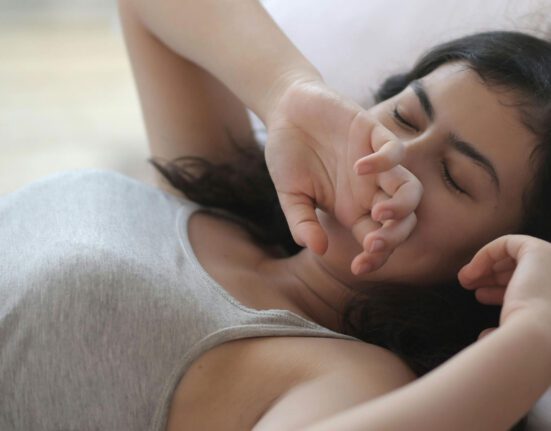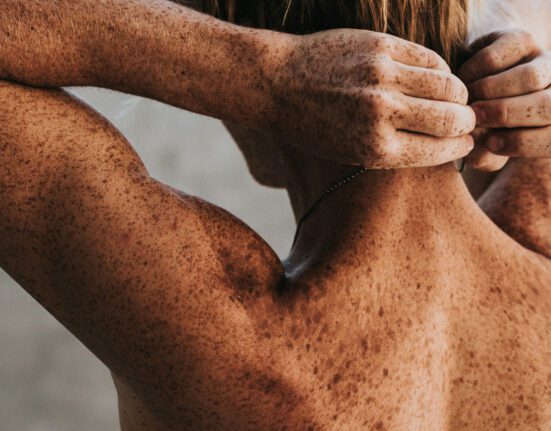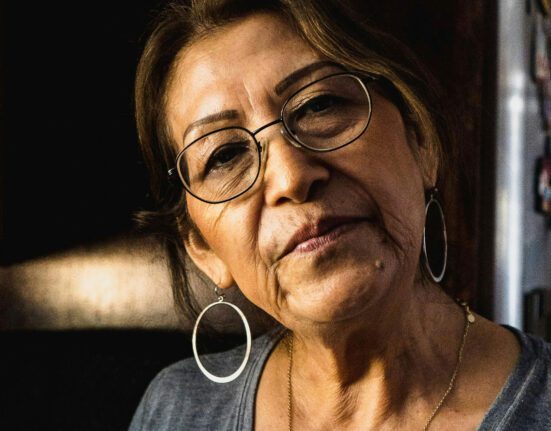Restless leg syndrome, or RLS. What is it?

What it is:
Restless Leg Syndrome (RLS), characterized by an irresistible urge to move the legs, often accompanied by uncomfortable sensations, has been identified as a notable and persistent symptom in Long COVID. Individuals experiencing RLS may endure ongoing discomfort that disrupts their sleep and daily activities.
Typical Symptoms:
In Long COVID, RLS manifests as an urge to move the legs, usually accompanied by sensations such as crawling, tingling, or creeping in the legs. Symptoms are typically worse at rest, particularly during the evening or nighttime, and can significantly disrupt sleep patterns and quality of life for those affected.
Who Gets It:
Restless Leg Syndrome in Long COVID can affect individuals of different ages and initial COVID-19 severity. The reasons for the persistence or exacerbation of RLS in the post-acute phase are not yet fully understood, emphasizing the need for ongoing research to unravel the complexities of this neurological symptom.
Key Points:
- Restless Leg Syndrome, characterized by an urge to move the legs accompanied by uncomfortable sensations, is a notable and persistent symptom in Long COVID.
- Symptoms may include crawling, tingling, or creeping sensations in the legs, typically worse at rest and during the evening or nighttime.
- RLS can occur irrespective of the severity of initial COVID-19 symptoms.
- Ongoing research is crucial to understand the mechanisms behind persistent or exacerbated RLS in long COVID.
- Comprehensive management strategies, including lifestyle modifications, medication, and sleep hygiene practices, are essential for addressing RLS-related symptoms during the post-acute phase.
The presence of Restless Leg Syndrome in long COVID underscores the enduring neurological impact of the virus, emphasizing the need for tailored interventions and continued research to address the complex and persistent challenges faced by individuals on the journey to recovery.
Long Covid The Answers
Relief:
Ways to Get Relief
- Medical Evaluation: Individuals experiencing symptoms of RLS in the context of long COVID should undergo thorough medical evaluation to confirm the diagnosis and assess for underlying contributing factors. This may involve neurological examinations, laboratory tests, and other diagnostic studies as warranted.
- Medication: Pharmacological interventions such as non-ergo dopamine agonists such as rotigotine, pramipexole and ropinirole, anti-epileptic drugs such as gabapentin and pre-gabaline , or other medications prescribed by healthcare providers can help alleviate symptoms and improve sleep quality in individuals with RLS. However, it is important to balance the potential benefits of medication with considerations of safety, tolerability, and individual response.
- Lifestyle Modifications: Adopting lifestyle modifications such as regular exercise (this should be done under medical supervision with those suffering from PEM or fatigue otherwise symptoms of Long COVID can be exacerbated), stress management techniques, and maintaining a consistent sleep schedule can help alleviate symptoms of RLS and promote overall well-being in individuals with long COVID.
- Supportive Therapies: Complementary and alternative therapies such as massage, acupuncture, or physical therapy modalities may offer symptomatic relief and complement traditional treatment approaches for RLS in long COVID.
Credible Sources of Information:
Restless Legs Syndrome – Patient.info website
More to come soon







